PRICE Principle For Soft Tissue Injuries:
Table of Contents
Introduction:
It is used as a initial treatment method for soft tissue injuries. It is upgraded version of RICE Principle.
In our body anatomical structures like Ligaments, muscles, capsules, fascia, or bursa all are considered as a soft tissues.
Due to some specific mechanism this anatomical structures may get injured.
So the structures are impaired by the injury and they limit their routine or normal function.
What is the full form of PRICE?
OR
Price stands for:
- P stands for : Protection
- R stands for : Rest
- I stands for : Ice
- C stands for : Compression
- E stands for : Elevation
Protection:
- Protecting the injured area from further injury is a key of treatment.
- In this phase the use of support is recommended.
- Ex : By using crutches to protect lower limb from injuries.
- It is important to protect the injured area to avoid further tissue damage.
- For an example :
- If you hurt your knee while playing cricket, so you need to stop playing cricket to protect your injured area.
- Protection also help to give appropriate amount of rest for healing process.
Rest:
- It is recommended to avoid or stop the use of injured or affected body part.
- Here are few benefits of resting position:
- Because of resting position the injured or affected body part will remain in immobization position.
- So it will prevent further injuries.
- And it will also provide time for early recovery or healing process of damaged soft tissue.
How can give resting position to the affected area?
With the help of following devices you can give resting position.
- Splints
- Braces
- Canes
- Crutches
- According to the area involved you can prescribe the device.
- For an example:
- Splints are used for upper limb injuries.
- Braces are used to immobilize knee joint and surrounding structures.
- Canes are also used to immobilize your forearm region while walking into shorter distance.
- Crutches are used to support your upper limb.
- It is remember to avoid movements of the body part and keep the weight off from the affected area.
Ice:
- It is also known as ‘ Cryotherapy ‘
- Application of cold will reduce pain by making the affected area numb.
- What type of physiological effects can be seen after application of cold ?
- Cold reduces Tissue metabolism.
- So by this phenomenon there will be constriction of the blood vessels.
- Application of ice will also decreases the nociceptive propagation of stimulus to the brain.
- Which will reduce pain sensations .
- Will also helps to reduce muscle spasm occurred because of soft tissue injury.
- You can apply ice with the help of following:
- Ice packs
- Ice bags
- Before application of ice packs or ice bags, wrap it in a cloth or towel whatever is available.
- It will help to prevent frost bite.so before application make sure it does not touch the skin directly.
- In emergency situations you can also use ice bags of frozen vegetables.
What is the procedure of application of ice?
- Apply ice over the injured area for approximate 10 to 15 minutes.
- or for 4 to 8 times in a while day.
- It will definitely help if you will apply it within first 3 to 4 days of injury.
- Always remember that never allow the ice packs or bags to directly touch the skin.
What will happen if you apply ice for prolonged duration?
- It may reduce or decrease excessive blood flow into the applied area.
- It will cause skin burns because the nerves present under the area will get damage.
In which conditions you can not apply ice therapy?
or Contraindications of ice therapy:
- Patient diagnosed with Raynaud’s syndrome.
- Diabetic patients
- Patients having urticaria from cold application.
- Paroxysmal cold hemoglobinuria
- Circulatory insufficiency already present.
- Hypersensitivity from cold.
Compression:
- It is given with the help of elastic bandages , by wrapping the bandage around the injured area.
- Elastic bandages should provide comfortable compression force without causing pain and constriction of blood vessels.
- It should not be too loose or too tight.
- It is important to wrap it from distal to the affected area and then move in aproximal direction.
Method of application:
Figure of eight method.
- If you find that skin below the wrapped area changes its color like blue or you feel cold , numb or tingling kind of sensations in your affected extremity so you need to loose your bandage immediately.
- If symptoms does not get normal, then take medical help.
- Because when it will be too tight, it will interrupt with your normal blood flow.
What are benefits of compression ?
- It will keep the swelling or edema under control by the pressure of elastic bandages.
- It will also help to provide support to the affected extremity or area.
- It will help to reduce the loss of blood flow from the damaged tissue.
- Will also reduce the further accumulation of the swelling or edema in surrounding structures as well as affected area.
- Procedure:
- After injury giving compression for at least one week will be more effective to reduce the amount of swelling.
- Wrap your bandage tight enough only to support your injured area.
- Apply it from distal to proximal direction.
- Apply it like that it should stop the blood flow from injured blood vessels.
Elevation:
- Here you need to elevate your injured area.
- By keeping the affected area elevated , will reduce the amount of swelling or edema for sure.
- For upper limb injuries , you need to elevate your affected extremity above the level of your heart.
- For lower limb injuries , you need to elevate your affected extremity above the level of pelvis.
What are the Physiological effects of elevation ?
- It will prevent the further swelling by increasing the venous return.
- It will also help to reduce hydrostatic pressure.
- It will increase the amount of removal of waste materials from the site of injury.
- Will also help to reduce pain and discomfort associated with soft tissue injuries.
What are the uses of elevation?
- By elevation of the injured area , it will make the difficulty for blood to reach up to that area.
- So there will be reduction in loss of blood flow.
- After injury , it is best to elevate the area for 2 to 3 hours in a day.
Here are some examples of soft tissue injuries.
Muscular strains :
It Occurs from the mild trauma or repeated trauma.
Most common mechanisms are over stretching of muscles or overuse of soft tissue is found to get muscular strains.
It is classified according to the type of trauma.
Ligament sprains:
It happens Because of severe stretch or tearing or rupture of soft tissue.
It is also classified according to the severity of traumatic injury.
Dislocation :
Displacement of bony part in a joint, results in a soft tissue injury.
Because of this there will be loss of anatomical relationship.
Subluxation:
Incomplete or partial dislocation of a bone in a joint is called as subluxation.
Secondary trauma will occur here to the surrounding soft tissues.
Muscles or Tendons rupture or tear:
- There are 2 conditions :
- If partial tear or rupture occurs :
- Pain will be felt during resisted activity.
- If complete or full tear or rupture occres :
- Movement will not occur.
- Muscle fibres are not able to pull against resistance.
Pathologies of Tendons:
- Tenosynovitis :
- Inflammation of synovial membrane which is the covering or the tendon.
- Tendinitis :
- Inflammation of tendon.
- Tenovaganitis :
- Inflammation with thickening of tendon sheath.
- Tendenosis :
- Degeneration of tendon due to repetitive micro trauma.
- It occurs because of ageing process.
- Synovitis :
Inflammation of synovial membrane caused by trauma or any kind of disease.
Hemarthrosis:
Bleeding into a joint because of severe trauma.
Ganglion:
Ballooning of wall of joint capsule or tendon sheath.
It occurs due to trauma or sometimes can be seen in patients with rheumatoid arthritis.
Bursitis: Inflammation of bursa.
Contusion:
Bruising from a direct blow will result in a rupture , bleeding and edema in affected area.
Contractures :
Adaptive shortening of skin, fascia, muscle or joint capsule.
Adhesion :
Abnormal adherence of collagen fibers to surrounding structures.
It occurs most commonly during the phase of immobilization after traumatic injuries or surgery.
Muscle guarding:
Prolonged contraction of muscle in response to the painful stimulus.
Muscular spasm :
Prolonged contraction of muscle in response to the local circulatory and metabolic changes occurs when muscle is in a state of contraction.
Muscular spasms may also seen in following conditions :
- Viral infection
- Cold
- Prolonged period of immobilization
- Direct trauma to muscles.
What kind of symptoms are seen after soft tissue injuries?
- Pain
- Swelling or edema noted into surrounding area.
- Visible bruising can be seen
- Limited movement of affected joint.
- Muscular weakness noted.
- Muscle spasm seen in relevant area.
- Joint instability seen in severe injuries.
What to avoid during the treatment of soft tissue injury ?
For the period of First 48 to 72 hours you need to avoid HARM :
- HARM stands for :
- H : Heat
- A : Alcohol
- R : Running or activity
- M : Massage
Heat :
You need to avoid application of heat to the injured area.
Because it will increase the blood flow and swelling in that area.
It will lead to blood loss.
So it will delay your healing process.
Alcohol :
Consumption of an alcohol will increase blood flow into your body by stimulating receptors.
It can also make you unaware about your injury.
So there are chances of recurrence of an injuries.
Running or Activities :
You need to stop doing activities of affected region.
So protect your injured structures until healing occurs.
Massage:
Massage will promote the increase in level of circulatory blood flow.
If given in early stage it can also increase the damage of soft tissue.

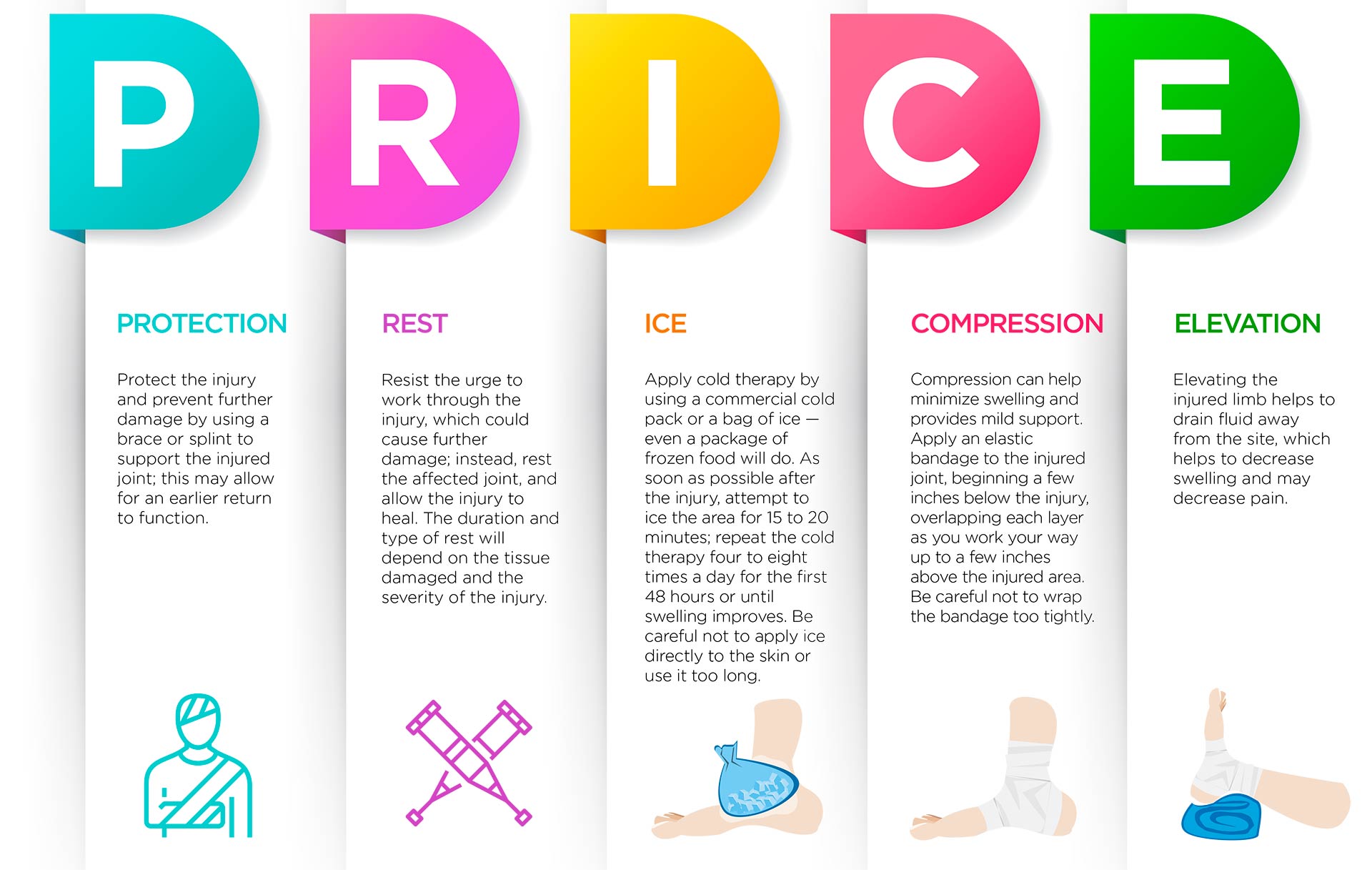
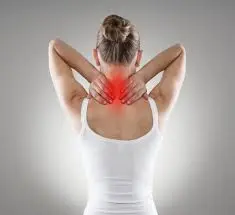
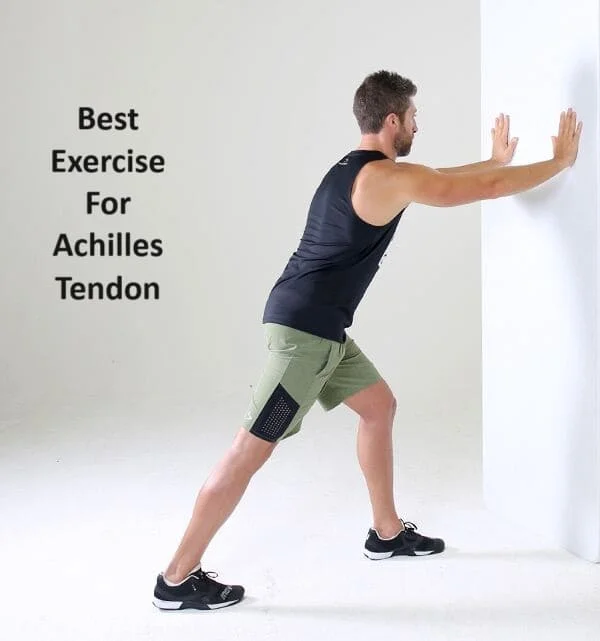
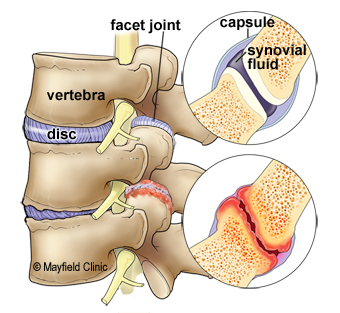
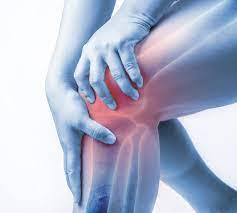
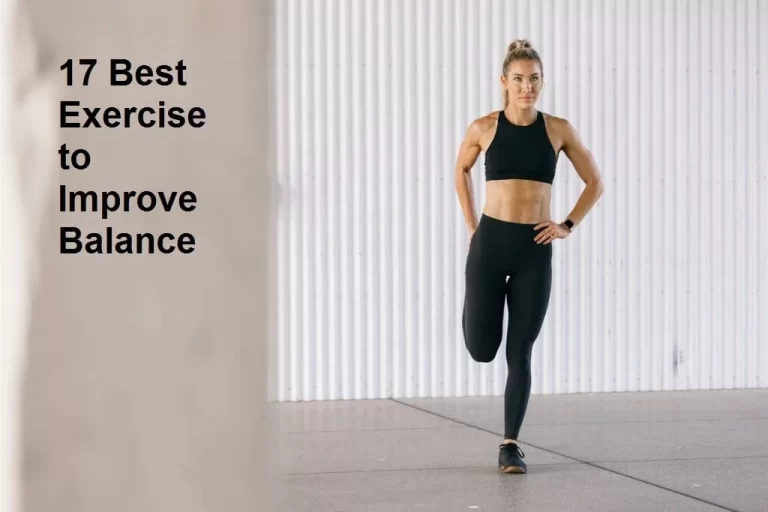
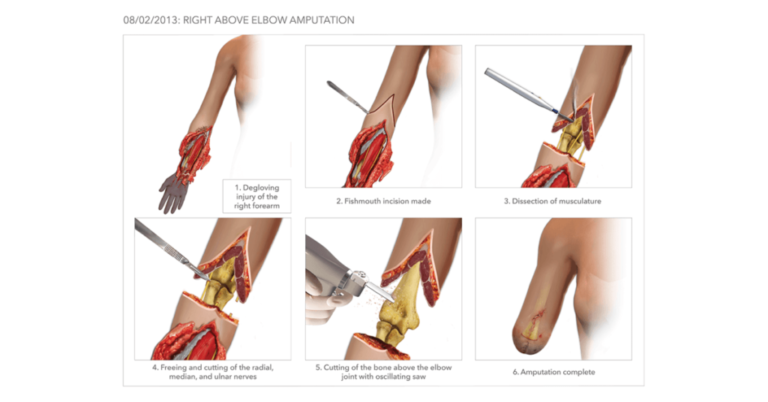
3 Comments